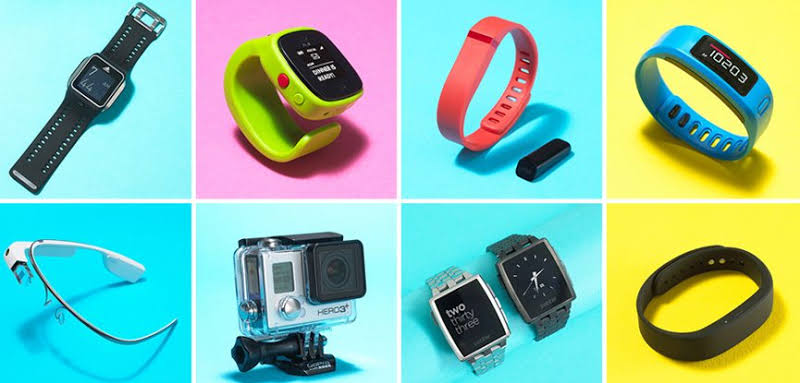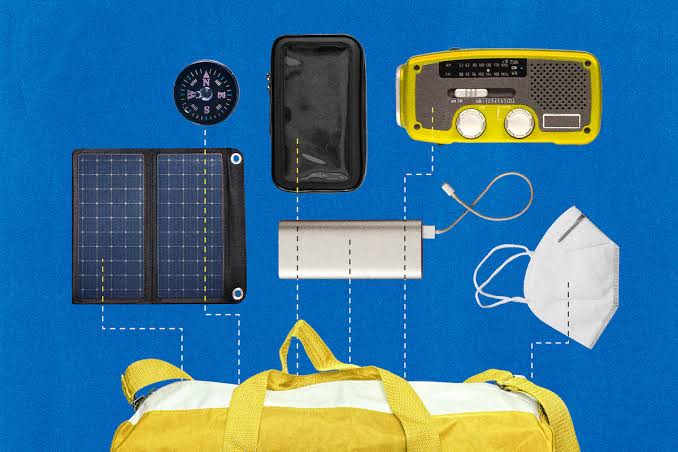Wearable technology has revolutionized the way people approach health and fitness in recent years. From simple step counters to advanced health monitoring systems, wearables are now essential tools for individuals looking to maintain an active lifestyle. With the integration of smart sensors, mobile connectivity, and AI-powered insights, these devices have transformed fitness tracking into a precise, real-time, and highly personalized experience.
Evolution of Wearable Fitness Technology
In the past, fitness tracking was limited to manual logs or basic pedometers. Modern wearables, however, have introduced a wide range of capabilities that extend beyond step counting. Devices such as smartwatches, fitness bands, and even smart rings now monitor heart rate, sleep quality, calorie expenditure, and oxygen levels.
The development of these devices has been driven by advancements in miniaturized sensors, improved battery life, and seamless integration with smartphones and health apps. This has made fitness data more accessible and easier to interpret, encouraging consistent engagement with personal health goals.
Key Benefits of Wearables in Fitness Tracking
Wearable devices provide several advantages for both casual users and serious athletes. Some of the most notable benefits include:
- Continuous tracking of physical activity levels, ensuring users remain aware of their daily movements.
- Real-time heart rate monitoring for optimizing exercise intensity and preventing overexertion.
- Sleep pattern analysis to identify rest quality and recommend improvements.
- Integration with health and nutrition apps for comprehensive lifestyle tracking.
- Motivation through goal setting, reminders, and gamification features.
These benefits not only help improve individual performance but also promote long-term healthy habits.
Personalized Fitness Insights
One of the most significant contributions of wearable technology is the ability to provide personalized insights. Unlike generic workout advice, these devices collect and analyze data specific to the user’s body, activity patterns, and fitness levels. This allows them to suggest tailored workouts, dietary changes, and recovery strategies.
For example, an athlete can receive recommendations on when to increase or decrease training intensity based on their recovery metrics. Similarly, someone trying to lose weight can get guidance on calorie expenditure versus intake, helping them stay on track with their goals.
Enhancing Motivation and Accountability
Wearables play a critical role in maintaining motivation through constant feedback and progress tracking. Many devices include features such as daily activity goals, milestone celebrations, and competition with friends.
Some common motivational features include:
- Activity streaks that reward consistency.
- Virtual badges for achieving specific fitness milestones.
- Social sharing options to inspire friendly competition.
- Reminders to move after periods of inactivity.
These features create a sense of accountability, making it harder for individuals to skip workouts or neglect their health.
Role in Professional Sports and Training
In professional sports, wearables have become integral for monitoring athlete performance and preventing injuries. Coaches and trainers use the collected data to design personalized training programs, track recovery progress, and detect signs of fatigue or strain before they lead to injuries.
GPS-enabled wearables also help in tracking distance, speed, and performance in outdoor activities such as running, cycling, and swimming. This precise data is invaluable for athletes aiming to improve their competitive edge.
The Future of Wearables in Fitness Tracking
The future of wearable fitness technology is expected to be even more advanced, with AI and machine learning playing a bigger role. Upcoming innovations may include:
- Enhanced predictive health alerts that detect early signs of illness or overtraining.
- Integration with medical devices for real-time health diagnostics.
- More energy-efficient batteries and flexible designs for increased comfort.
- Augmented reality fitness experiences for immersive workouts.
As technology evolves, wearables will likely become even more accurate, affordable, and seamlessly integrated into everyday life, further encouraging people to stay active and healthy.
Conclusion
Wearables have transformed fitness tracking from a simple step-counting exercise into a highly advanced, data-driven health companion. By providing personalized insights, real-time monitoring, and motivational features, these devices have empowered individuals to take control of their fitness journeys.
As the technology continues to evolve, wearable fitness trackers will become even more effective at improving health outcomes, making them an essential tool for anyone committed to leading an active and healthy lifestyle.



